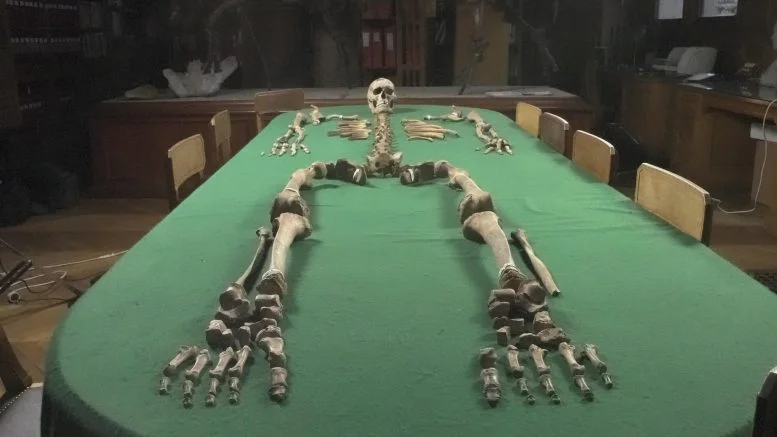Ancient DNA reveals surprising Stone Age social structures
- March 10, 2024
- 0
Blood ties and kinship were not important to the way of life of Stone Age hunter-gatherer societies in Western Europe. A new genetic study of several famous French
Blood ties and kinship were not important to the way of life of Stone Age hunter-gatherer societies in Western Europe. A new genetic study of several famous French

Blood ties and kinship were not important to the way of life of Stone Age hunter-gatherer societies in Western Europe. A new genetic study of several famous French Stone Age cemeteries shows that several different families lived together. This was probably a deliberate system to prevent inbreeding.
These findings were revealed in a new scientific study conducted by researchers from Uppsala University in collaboration with several French institutions. The study was published in the journal PNAS.
During the study, researchers were able to obtain biomolecular data from human skeletons buried in iconic sites in France, such as Tevec and Hodic in Brittany, as well as Champigny. The ruins dated to the final phase of the Mesolithic Age (about 6,700 years ago), when the last Western European hunter-gatherers lived, and overlapped with the Neolithic age, when settled farmers took over.
This is the first study to analyze the genomes of several Stone Age hunter-gatherers from the same region who lived at the same time near the newly arrived Neolithic farming communities.
“This gives a new picture of the late Stone Age hunter-gatherer populations in Western Europe. “Our study offers a unique opportunity to analyze these groups and their social dynamics,” says Professor Matthias Jakobsson from Uppsala University, who led the research.
About 7,500 years ago, the last hunter-gatherer populations in Western Europe encountered incoming Neolithic farmers and were gradually displaced and assimilated. The coexistence of these groups raised many questions about the degree of their interaction.
Previous studies based on isotopic data showed that recent hunter-gatherer societies consciously assimilated women into the agricultural society of the Neolithic era. Instead, this new study shows that hunter-gatherer groups mixed with other hunter-gatherer groups but not with Neolithic farmers.
“Our genomic analysis shows that although these groups consisted of a small number of individuals, they were generally not closely related. Moreover, there was no evidence of inbreeding. However, we do know that there were separate social units with different feeding habits and that a group pattern emerged that was probably part of a strategy to prevent inbreeding.” ” says Luciana G. Simoins, a researcher at Uppsala University and first author of this study. .
The study was carried out in collaboration with researchers from several French institutions, including the University of Rennes in Brittany and the National Museum of Nature (MNHN) in Paris. The famous Tevec and Hoedic sites in southern Brittany contain numerous graves where many people were buried together. This is unusual for Mesolithic burials. It was previously thought that being buried together meant that people were biologically related. “Our results show that in many cases, even when women and children were in the same grave, people were not related. This suggests that there were strong social ties that had nothing to do with biological kinship, and that these relationships remained important even after death,” said Dr. . Amelie Viale.
Source: Port Altele
As an experienced journalist and author, Mary has been reporting on the latest news and trends for over 5 years. With a passion for uncovering the stories behind the headlines, Mary has earned a reputation as a trusted voice in the world of journalism. Her writing style is insightful, engaging and thought-provoking, as she takes a deep dive into the most pressing issues of our time.